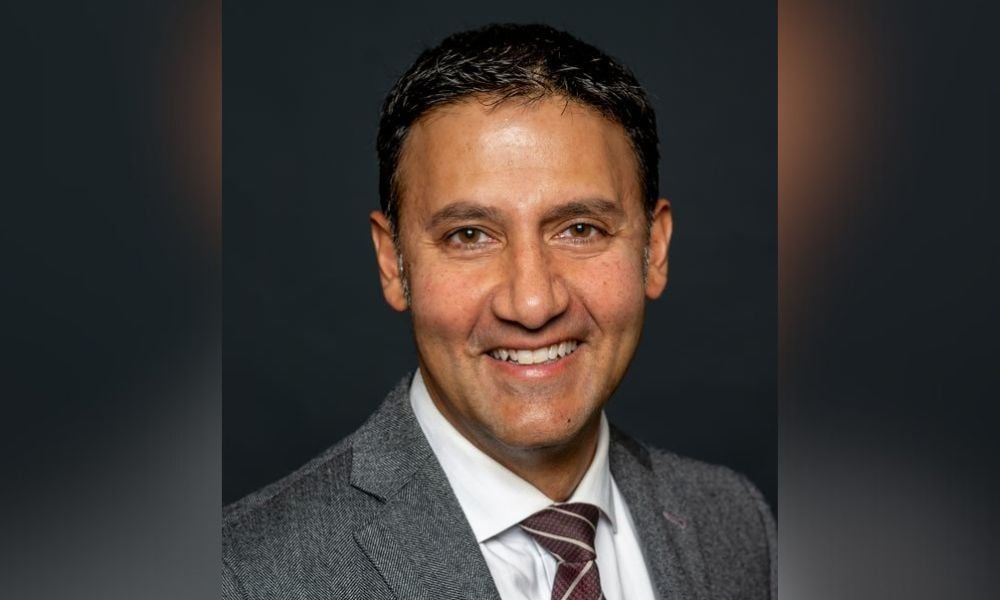Exploring specialized funding solutions that alleviate the pressure on firm resources

This article was produced in partnership with BridgePoint FInancial
Capital is by far the biggest constraint for personal injury law firms, according to Trevor Regan, Business Development Manager at BridgePoint Financial. The contingency-fee model has long been the standard practice for law firms in the personal injury space. However, as an increasing number of practitioners are also taking on an entrepreneurial role in their firms, they must consider strategic alternatives to funding their own disbursements.
In fact, personal injury firms must recognize the opportunity cost of funding disbursements as it correlates directly with law firm growth. “Firms need to be cognizant of the ways they can fund their disbursements, without impacting their day-to-day operations or re-investment opportunities,” explains Regan.
Firms have traditionally managed these disbursements in a number of ways; using their own capital, credit, or requesting service providers to hold accounts. However, these methods are becoming less sustainable in the current economic environment.
If the law firm has the means, they may choose to fund disbursements using personal funds or the firm’s cash reserves for immediate access to capital and the ability to track their investment in each case. However, the finite amount of cash limits the firm’s ability to invest in other areas of the business. “A firm may not see the true cost of using cash because there’s an opportunity cost of investing one’s own money back into these disbursements,” as opposed to reinvesting it in the firm, he says. In tying up their own capital for years, firms are forfeiting long term investment opportunities which can lead to a greater return overall.
The same is true of lines of credit issued to law firms by banks, which are generally intended for day-to-day operations rather than covering the costs of disbursements. “The line of credit issued from the banks is typically assessed based on a 90-day turnover of your accounts receivable,” Regan says. “Files in the personal injury industry last for years, not months. Banks don’t have a specialized understanding of contingency-fee based practices.”
To defer payment until settlement, personal injury firms require specialized solutions that align with their contingency-based structure. In some cases, this can be achieved through working with service providers, namely experts, who are willing to hold protected accounts on behalf of the firm. These arrangements may start as mutually beneficial but are ultimately unsustainable for experts who experience stagnant revenue while their receivables balance continues to rise. Not only can this hinder the relationship between experts and law firms, but it also contributes to the rising cost of expert reports.
In light of the challenges associated with traditional methods of funding disbursements, BridgePoint Financial offers Law Firm Lending solutions that specifically address the pain points faced by personal injury law firms. For instance, the Expert Access program empowers lawyers to source the necessary experts through its roster of over 500 doctors and independent medical evaluations companies. Lawyers have the option to defer payment for these expert reports for up to 2 years without any fees or interest accrual, providing firms the opportunity to allocate their funds toward re-investment opportunities.
Alternatively, File Funder allows for the funding of any and all disbursements, including expert reports that the lawyer may choose to source outside of the Expert Access program. Through the BridgePoint portal, all the Expert Access and File Funder transactions are conveniently organized according to the firm’s file number, ensuring a well-structured and readily accessible format for the time of settlement. Law firms can truly advance their practices through a strategic integration of these tools, which are tailored on a bespoke basis to meet the unique needs of personal injury law firms.
Leveraging BridgePoint’s Financial solutions allows law firms to use their funds and access bank credit to re-invest in their practise, as should any business in a competitive industry. Allocating the firm’s resources towards growth allows lawyers to optimise their business practices through marketing initiatives, building their team, and increasing operational efficiencies. As a result, firms can take on additional files, leading to more settlements and higher revenue. “Using BridgePoint is like having a provider for your disbursements that completely understands how your personal injury practice operates,” explains Regan.
For more information on BridgePoint Financials’ Law Firm Lending solutions, or to schedule an information session, please visit here.










